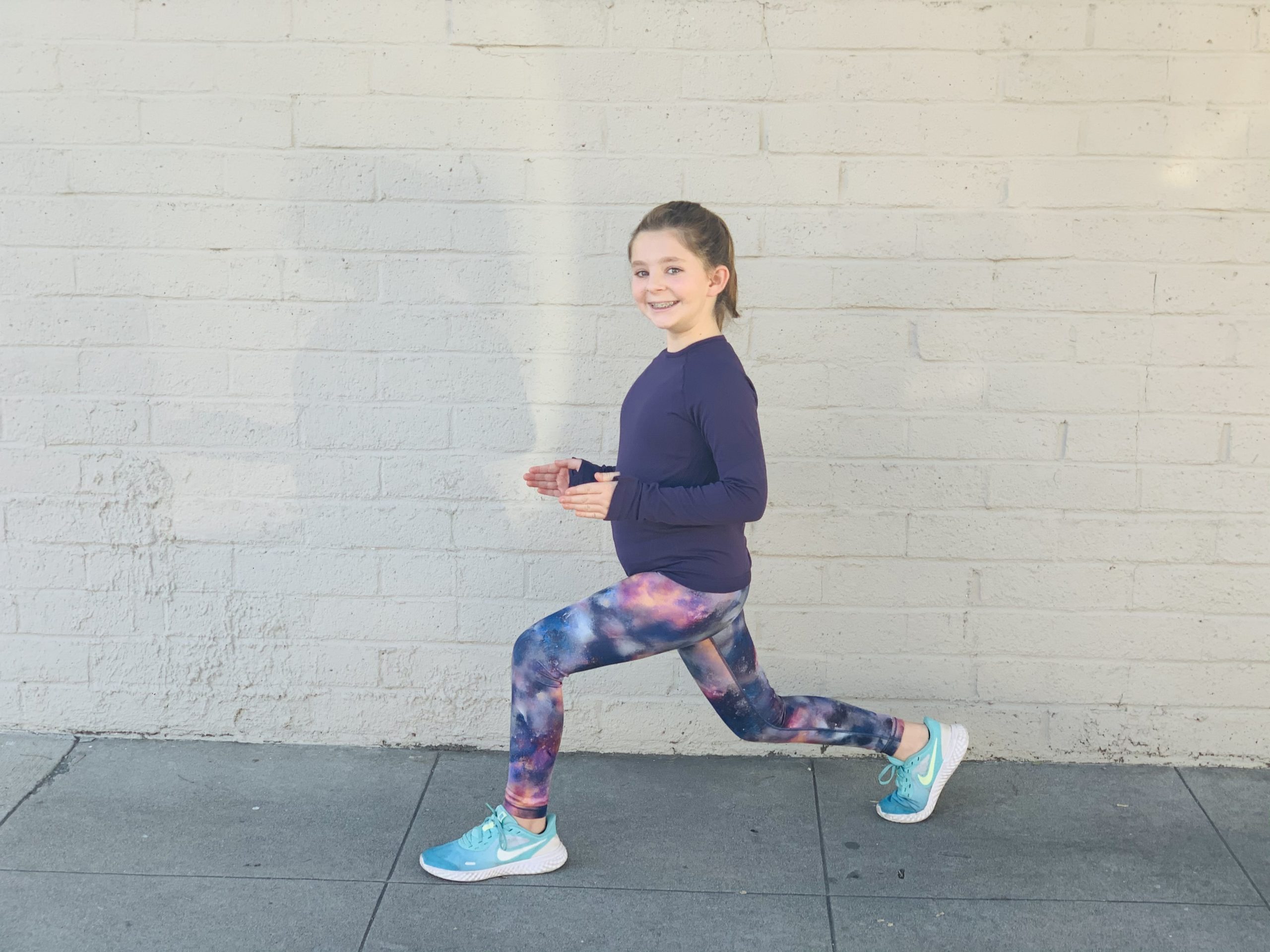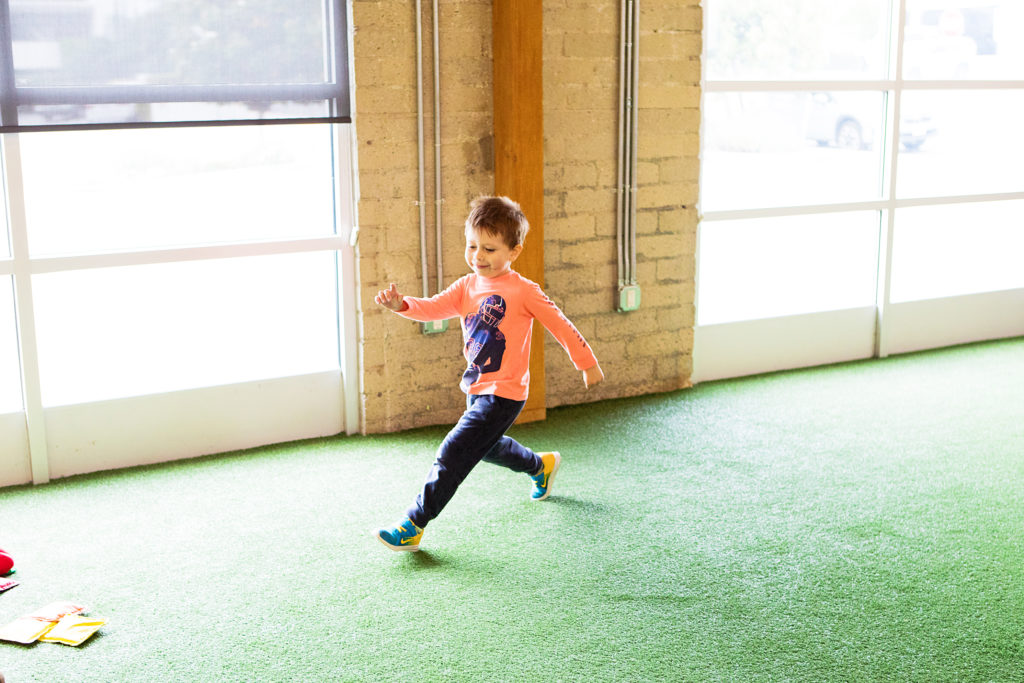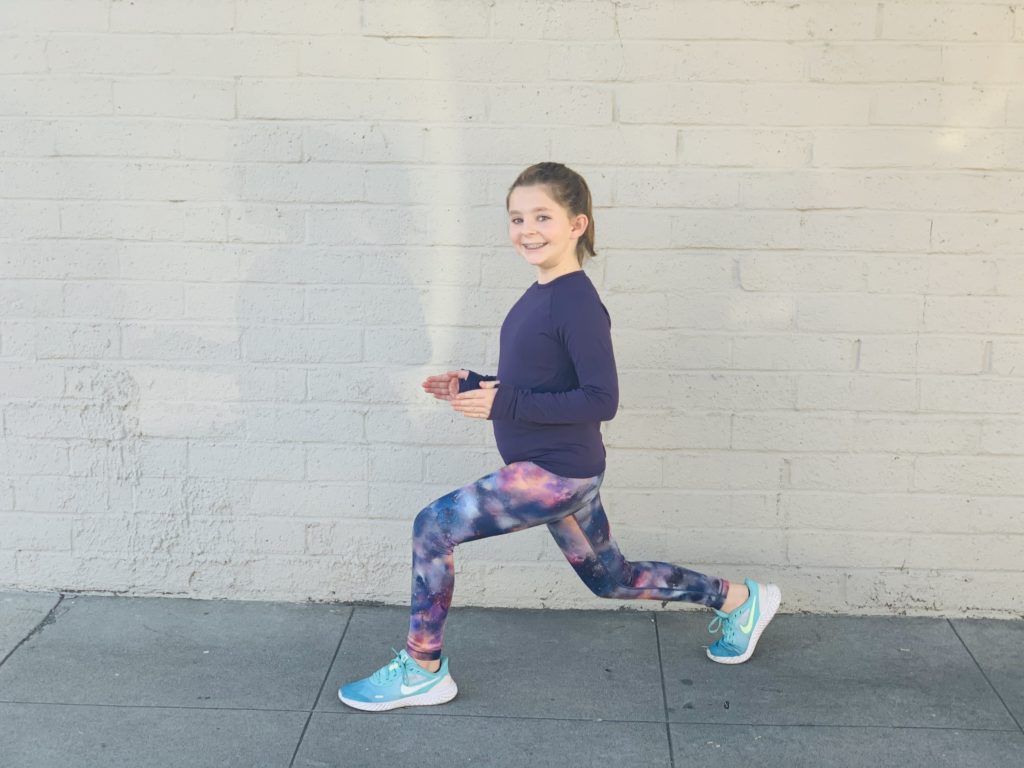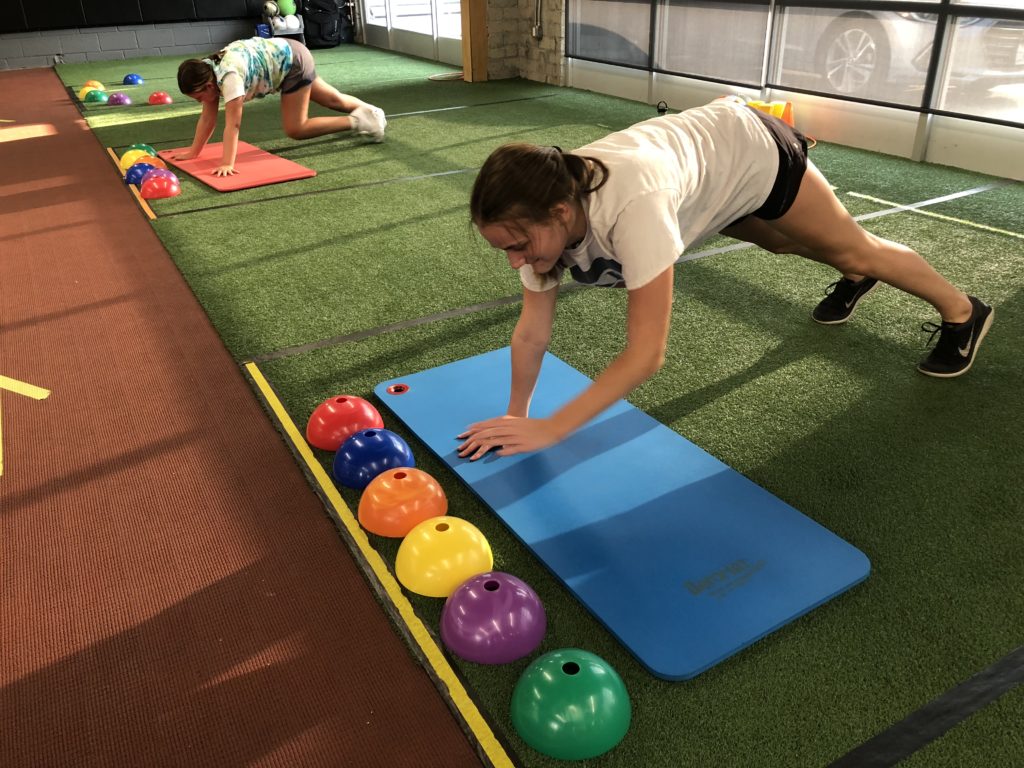Blog

Why is it important for children to move?
Think about the feeling after you workout! You feel energized, strong, and SO much better than prior to your workout. Children feel the same. We can take supplements to nourish the vitamins we lack, eat foods that fuel the body, but there is simply nothing to go around exercising. Exercising does SO much for the body. For children, here are three reasons why!
1. Improves brain function and mood.
We always get the question, “why isn’t my child tired after your class?!” The answer is — endorphins, endorphins, endorphins. We all know endorphins are good, but why? Endorphins are the body’s natural stress reliever and bring out happy feelings. Your child may not feel tired because they are happy and energized!
2. Prevents diabetes and chronic illnesses into adulthood.
Diabetes is one of the main causes of childhood obesity. Staying active from an early age will create a habit that can last a lifetime! Active children eat better, feel better, and are self aware of wanting to stay that way!
3. Improves sleep.
Sleep is a foundation to improve overall well-being. After hours of virtual learning, the body is more sedentary than ever. The less the movement, the more energy is trapped in the body! Especially for kids, energy needs to be exerted! Exerting energy will improve REM sleep, which is deep, good quality sleep!
Check out the basic fundamental movements children should be practicing and performing based on your child’s age group!

3 years old to 5 years old
- non-stationary movements: run and walk forward and backwards, galloping, skipping, and animal movements.
- balance: be able to balance on each foot for 10 seconds.
- differentiate jumping and hopping.
- coordination concepts: throwing, catching, kicking, introduce “swing and jump” using a jump rope.
6 years old to 8 years old
- non-stationary movements: side shuffle, back pedal, high knees, sprinting
- balance: hop on one foot forwards, backwards, and laterally
- jump rope
- coordination concepts: throwing and catching with a small ball, jumping over an object, kicking with accuracy and consistency, dribbling a ball
- introduction to basic strength exercises: jumping jacks, squats, push ups, mountain climbers, lunges.

9 years old to 12 years old
- non-stationary movements: endurance and accuracy of non-stationary movements
- agility, speed, and compound movements
- ability to perform sit ups, push ups, and completing a one mile run.
- perform strength and conditioning exercises such as lunges, push ups, burpees, and core exercises.

13 years to old 18 years old
- ability to perform strenuous exercises for a long duration of time.
- strength and conditioning exercises: more self aware of targeting specific muscles during performing an exercise.
Children need to move and exercise everyday. Find something they love to do and stick to that. It could be playing sports, riding their bike, going for a hike, swimming, taking a fitness class or even just a walk around block. Whatever it is they love to do, have them do it everyday!
